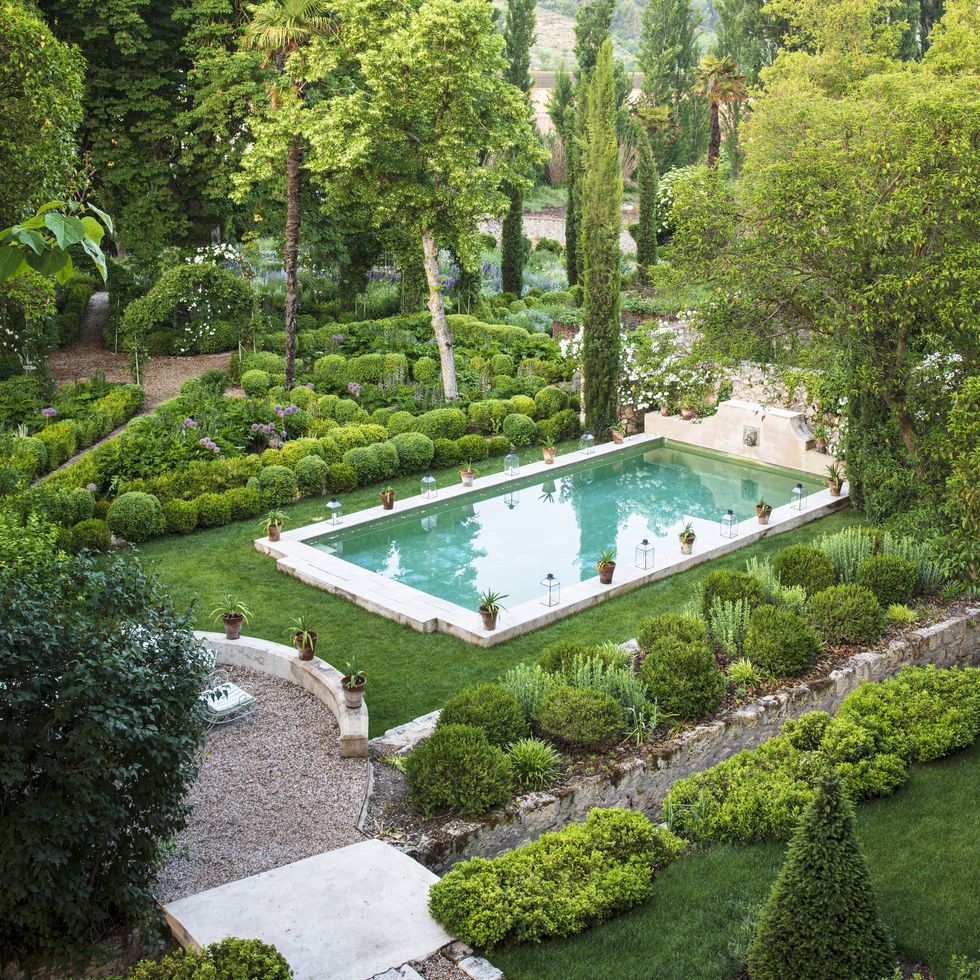Best Landscaping Companies Jacksonville: Comprehensive Landscaping Solutions
Best Landscaping Companies Jacksonville: Comprehensive Landscaping Solutions
Blog Article
Elevate Your Residential or commercial property's Aesthetic With Lasting Landscape Design Styles and Eco-Friendly Practices

Advantages of Sustainable Landscape Design
Implementing sustainable landscaping methods not only saves natural sources but also promotes biodiversity and improves general environmental health and wellness. One significant advantage is the decrease of water intake through the use of drought-resistant plants, rainfall gardens, and reliable watering systems.
In addition, sustainable landscape design can enhance soil wellness by minimizing making use of chemical plant foods and chemicals, thus developing a much healthier setting for plant development and advantageous soil organisms. This, subsequently, improves the general strength of the landscape to stand up to environmental stressors and environment change effects - bush removal Jacksonville. Furthermore, sustainable landscape design techniques can bring in varied wild animals, including pollinators like and butterflies, promoting a more vibrant and well balanced ecological community within the residential property
Incorporating Native Plants
To develop upon the advantages of sustainable landscaping, a critical emphasis on incorporating indigenous plants can better improve ecological strength and advertise biodiversity within the landscape. Indigenous plants are varieties that naturally happen in a specific location and have actually progressed to flourish in the regional climate, soil problems, and community. By consisting of native plants in landscape design designs, homeowner can lower water usage, lessen the need for chemical pesticides and plant foods, and support the neighborhood wild animals populace.
Incorporating native plants also helps in preserving the distinct personality and identity of an area's flora. These plants frequently call for much less upkeep as soon as developed, making them a sustainable and affordable landscaping service over time. Furthermore, native plants can bring in native pollinators like butterflies and bees, contributing to the general health of the environment.
When selecting indigenous plants for landscape design projects, it is important to choose varieties that are appropriate to the particular environmental problems of the site. Consulting with organic yards or neighborhood nurseries can offer valuable guidance on picking the best native plants for a particular area. By integrating indigenous plants into landscaping styles, home owners can develop stunning, sustainable outdoor rooms that profit both the setting and the neighborhood.

Water Preservation Techniques
Reliable irrigation techniques play a critical function in sustainable landscaping methods, guaranteeing optimal water conservation efforts in outside rooms. Carrying out techniques such as drip irrigation, rainwater harvesting, and clever watering systems can significantly minimize water wastefulness while keeping a healthy landscape. Drip irrigation provides water straight to the roots of plants, decreasing evaporation and runoff. Rainwater gathering involves gathering rain from roofings and storing it for later use in irrigation, lowering the reliance on community water resources. Smart irrigation systems use climate information and dirt wetness degrees to readjust watering timetables, avoiding overwatering and advertising water effectiveness.
Along with sophisticated irrigation methods, xeriscaping is an additional water-saving landscaping method that concentrates on using drought-resistant plants, mulch, and reliable watering to develop a low-water landscape style - bush removal Jacksonville. By choosing native plants that are fit to the local environment and dirt problems, residential property proprietors can decrease the requirement for too much watering, inevitably saving water and promoting a sustainable exterior environment
Eco-Friendly Hardscaping Ideas
Enhancing outside spaces with green hardscaping functions can contribute considerably to sustainable landscaping methods. Opt for materials like recovered wood, recycled concrete, or all-natural stone to reduce environmental effect when taking into consideration hardscaping components. These materials not just include a distinct aesthetic interest your outside space however also reduce the requirement for brand-new sources extraction.
Carrying out absorptive paving alternatives such as crushed rock or permeable concrete can aid lower water drainage and advertise groundwater recharge. These alternatives permit rain to leak into my website the ground, stopping disintegration and minimizing the burden on stormwater systems.
Integrating indigenous plants into hardscaping layouts can additionally boost eco-friendliness by supporting neighborhood wild animals and reducing the need for extreme watering or chemical treatments. By incorporating environment-friendly walls or upright yards, you can introduce more plant life right into metropolitan setups, boosting air top quality and biodiversity.
Integrating energy-efficient lights, such as solar-powered LEDs, right into hardscaping designs can decrease power usage and reduced your residential imp source property's carbon impact. Focusing on green hardscaping ideas not only enhances the charm of your exterior space but likewise shows a dedication to ecological stewardship.
Upkeep Tips for Sustainable Landscapes

Frequently prune plants to advertise healthy and balanced growth and stop overgrowth that can lead to pest conditions or problems. Use natural plant foods to nurture the soil and plants without harmful chemicals that can seep into the setting.
Verdict
In conclusion, lasting landscape design methods supply numerous benefits for homeowner, from read here enhancing the aesthetic appeal of the surroundings to promoting environmental preservation. By integrating native plants, implementing water conservation techniques, and using green hardscaping concepts, homeowner can develop stunning landscapes that are additionally environmentally responsible. With correct upkeep, sustainable landscapes can flourish and contribute to a healthier environment for both humans and wild animals.
Additionally, sustainable landscaping can improve dirt wellness by reducing the use of chemical fertilizers and pesticides, consequently producing a healthier setting for plant growth and valuable dirt microorganisms.To build upon the benefits of sustainable landscape design, a tactical emphasis on incorporating native plants can better boost environmental durability and promote biodiversity within the landscape. By including indigenous plants in landscaping styles, building proprietors can reduce water usage, minimize the need for chemical pesticides and fertilizers, and sustain the neighborhood wildlife population.
These plants commonly need less maintenance once established, making them a economical and lasting landscaping service in the long run. By integrating native plants into landscape design designs, residential property proprietors can develop beautiful, sustainable outside areas that profit both the community and the atmosphere.
Report this page